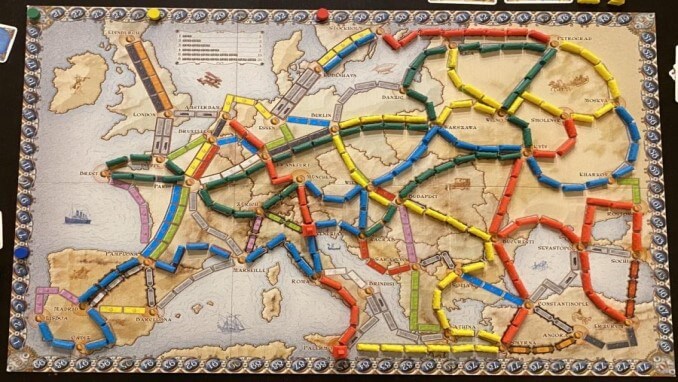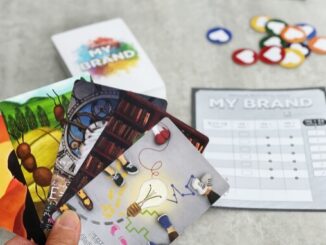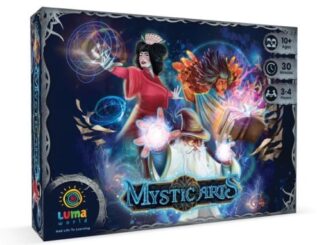
I recently went to an Apple store and while I was admiring the immaculate devices, I was told something by the store representative that would lead to several questions and revelations in my mind. Did you know that the angle at which a MacBook’s lid is opened in an Apple Store is optimized to invite and hook the customer? To see the screen properly, one has to lift the lid just a little bit, initiating the first introduction to the device in a clever manner. Not only have you touched the machine and felt a positive tactile stimulus, your interaction with the screen and keyboard is also likely to be more meaningful. This psychological trickery relies on our mind’s affinity for familiarity, ensuring that we have had at least one good interaction with the device.
I tend to think of this principle frequently – basically, how can we get people to interact with a product, a service, or a concept such that they are introduced to it in the easiest possible way? The goal should be to make the first interaction happen so seamlessly that they feel it’s something simple and useful, which encourages them to dive further. After all, if something is too complicated, it’s likely to not generate interest or confidence.

In analogue games, you are interacting with the objects inside it directly, making it a direct application of the aforementioned principle of tactile stimulus. As soon as you are introduced to a game and its storyline, your resources and characters are all in your hands, both literally and figuratively. This is also why enthusiasts relish their collections, the meeples, the boards – they represent the experiences they had with these items. With that primer, I would like to to talk further about what makes the cardboard medium games uniquely powerful.
They are undeniably social
Sometimes games let us play ourselves – in party games, for example, we are not taking on new roles. We are bringing our own personality to games like Truth Or Dare, where mechanics like Disclosure are used in ‘Truth’ to reveal our true feelings about something (or someone). In many other games, we are required to step into the shoes of a different character, lending us to perspectives we don’t get to experience otherwise. Character sheets are used in RPGs to create personalities with some degree of control, and fascinating backgrounds that serve a purpose. Sometimes these backgrounds also lead to side plots that shed light into the psyche of the character. As a result, RPGs have been shown to improve social and emotional learning, and discussions on taboo topics.
When I talk about the social aspects of tabletop games, I usually start with Modern Art. The players operate as museums from fashionable cities like Milan and Paris, dealing in paintings from famous artists. In various rounds, through auctions and bidding, players have to buy and trade paintings, to obtain the most valuable collection and win the game. When I played this game a few years ago with absolute strangers, I was placing outlandish bets from the very start. It caused a lot of humorous frustration in the other players because of my unpredictable gameplay, keeping them on the edges of their seats. In just 30 minutes, we were all ablaze on the table. I also enjoyed listening to some commentary on the paintings from the players, and how they’d be proud to snatch it from my rogue grasp – which brings me to the next point.

Modern Art is available on Amazon
They are competitive – and fun
Psychologically, we are wired to feel proud of ourselves upon completing a task. One of the most important uses of gamification is making tasks fun so that we complete them. Achieving this becomes more convenient when we include the mechanics of competition into the mix. Anybody who has been to a long board game session can testify how intense it can get, bringing people to promises of ending their friendships.
Inside a room like that, everyone is playing to win, to explore a new tactic, and sometimes to induct newcomers into a favorite game. The atmosphere generates possibilities of competing, which is a psychological construct that motivates us to push on even when we are tired. It’s the reason gamification tactics like leaderboards work so well.
Self-improvement as a result of competition is the reason why we are more motivated to work out when our friends post their cycling journeys on Strava. In the same way, competing for rewards and resources brings a sense of urgency to a tabletop game. A classic example in this regard is Ticket To Ride. It has comparatively simpler mechanics and ways of completing the game, making its strategies more approachable to the rookie player. At the end of a game, it’s simple to ascertain what decisions and strategies could have been played better. Often, in Ticket To Ride, it’s easy to observe what a competing player did correctly, as this game’s progress and movement is visible on the board for everyone. We therefore compete better in the games to follow, and know exactly how to play the game. The sense of achievement we feel by making progress on something that’s fun is a central pillar of tabletop games culture, which is achieved by healthy competition.
Ticket to Ride is available on Amazon
They improve us
The evident connection of tabletop games with awareness is becoming more popular in recent years. It is a commonplace understanding that stories create deep empathy and connection with a setting and character. Games are essentially storylines with more choices and mechanics, at the end of the day. As a result, games are a medium that educates us about the intricacies of a situation by taking us through the experience, which is way better than a second-hand written account. Since first-hand experience is not always feasible to achieve, games fill in this gap.

Games can be defined and designed around a topic or theme, and playing it can inculcate a sense of curiosity and exploration. In the aforementioned games Modern Art and Ticket To Ride, some of the comments from newcomers have been downright amazing. They called Modern Art a crash course in understanding paintings – and that was not even the central part of the game! They said that apart from the auctioning, bidding, and social deception in the game, the conversations on common practices like layering and glazing gave them awareness they had simply not anticipated.
On the other hand, Ticket To Ride was applauded for introducing to them the geographies of the USA and Europe in a way they had not seen before. For people who do not get regular exposure to the cities in these continents, the knowledge is mostly based on what we hear about in the news, movies, etc. There is no reason for a movie to talk about a story which is based in Montréal, Atlanta, Dallas, etc. unless the story actually demands it. But since that is not the case usually, we might know their existence but not their location. After playing a game of Ticket To Ride, these very players were highly confident about the situations of such places on the map, even gaining secondary knowledge like their (approximate) distance from the coast.
Using board games for bringing a culture of experimentation, enquiry, and learning, is a severely underrated application. I’d like to make a callback to the first anecdote from the very beginning of this article – that interaction with a MacBook that makes you just 1% more confident and aware about what the device feels like, what the wallpaper looks like, what the screen looks like, how the keys are placed. Just by achieving this, you feel a lot more optimistic about the product, as it opens a mental conversation inside you, with growing curiosity. Tabletop games introduce you to topics and people – sometimes in a deeper level, sometimes at a rookie level. The feedback mechanism wherein you express something and get a positive or negative response is short and fast in these games, and that’s what makes them an essential tool of the modern social learner.
- Social & Emotional Learning (SEL) with Tomo Club - 7th March 2023
- The Power of Compounding in Games - 14th February 2023
- Playing your Cards Right – Walkman Lab - 13th September 2022
- Social & Emotional Learning (SEL) with Tomo Club - 7th March 2023
- The Power of Compounding in Games - 14th February 2023
- Playing your Cards Right – Walkman Lab - 13th September 2022





Be the first to comment